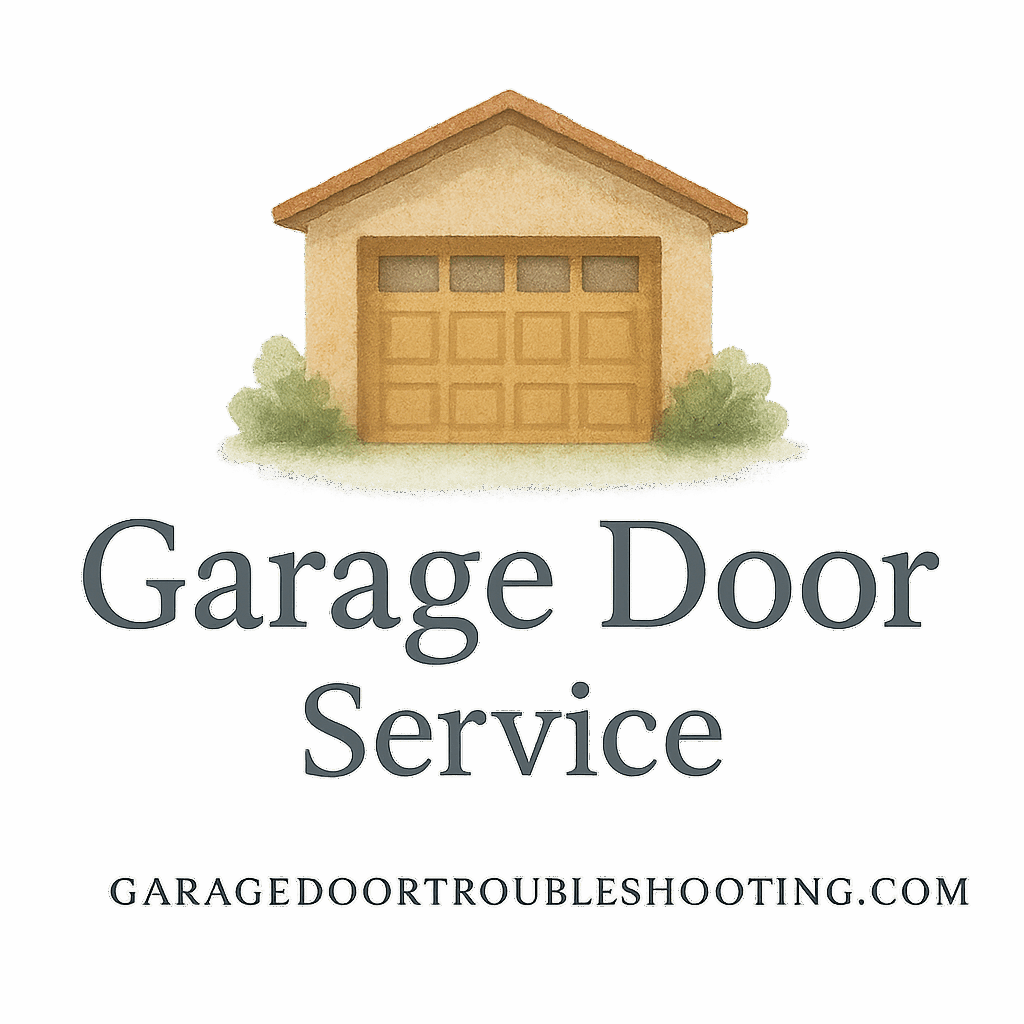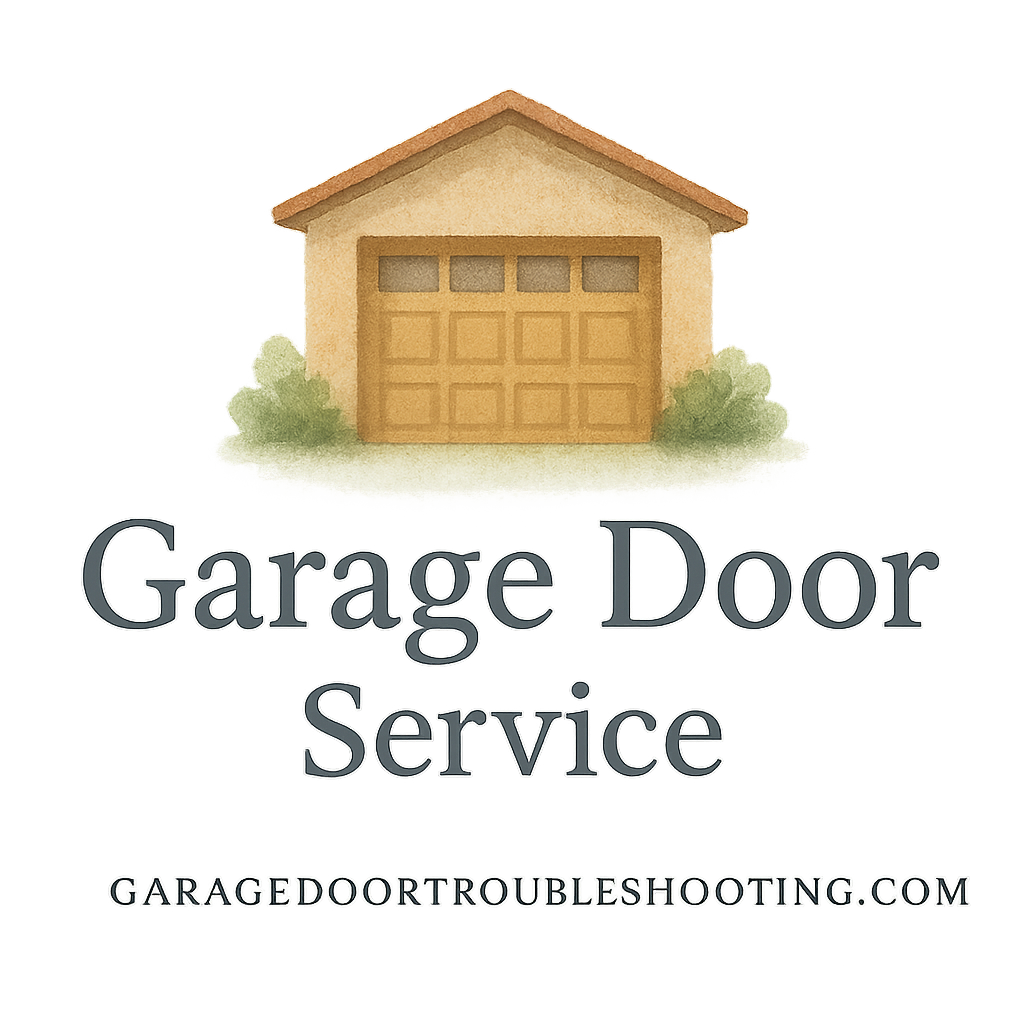Introduction: Why Garage Door Sensors Matter
If you’ve ever pressed your garage door remote and the door refuses to close, there’s a good chance the problem lies with the sensors. These little devices are the “eyes” of your garage door system, preventing it from closing on objects, cars, pets, or even people. But when they malfunction, frustration kicks in quickly. That’s why having the right set of tools for garage door sensor repairs is essential for any homeowner.
In this guide, we’ll cover 12 must-have tools needed for sensor garage door repairs, safety tips, DIY strategies, and when it’s time to call in the pros.
Understanding the Basics of Garage Door Sensors
What Are Garage Door Sensors?
Garage door sensors are safety devices that detect obstacles in the door’s path. They usually sit near the bottom of the tracks and work in pairs—sending an invisible beam between them. If something blocks that beam, the garage door won’t close.
Common Issues With Garage Door Sensors
- Misalignment (most common issue)
- Dirty or foggy lenses
- Loose or damaged wiring
- Broken mounting brackets
- Power supply interruptions
Knowing the issues makes it easier to understand why the following tools are so critical.
Safety First: Precautions Before Repairs
Turn Off the Power Supply
Before touching any sensor wires or screws, disconnect the power supply. This prevents accidental shocks and protects your opener system.
Clear the Work Area
Make sure the garage area is well-lit and free from clutter. It’s easy to trip over tools or objects while focusing on the small sensors.
Protective Gear You Should Use
- Safety glasses (protect eyes from debris)
- Gloves (avoid cuts from sharp brackets or wires)
- Sturdy shoes (in case tools drop)
For more safety tips, check out Garage Door Safety & Security.
Essential Tools Needed for Sensor Garage Door Repairs
1. Screwdrivers (Flathead & Phillips)
Screwdrivers are your go-to tools for loosening or tightening the screws that hold the sensors in place. A Phillips head works on most sensor brackets, while a flathead comes in handy for older models.
2. Adjustable Wrench
Sometimes nuts and bolts on the sensor brackets get loose. An adjustable wrench lets you tighten them without needing a full socket set.
3. Pliers
Pliers help grip, bend, or twist wires when adjusting sensor connections. Needle-nose pliers are particularly useful for reaching tight spots.
4. Wire Strippers
If you’re repairing or replacing sensor wiring, wire strippers are a must. They help remove insulation cleanly without damaging the copper inside.
5. Voltage Tester
A voltage tester ensures the wires you’re working with are not live. It’s a simple safety check but can save you from dangerous shocks.
6. Level Tool
A small misalignment of even half an inch can throw off the sensors. A bubble or laser level helps ensure both sensors are perfectly aligned.

7. Multimeter
For more advanced troubleshooting, a multimeter measures voltage, resistance, and continuity in sensor circuits. This tool helps diagnose wiring problems quickly.
8. Drill & Drill Bits
Sometimes mounting brackets loosen or break. A drill allows you to re-secure sensors into wood, concrete, or metal.
9. Socket Set
A socket set is useful for removing or tightening bolts, especially when brackets or mounts are involved.
10. Cleaning Supplies (Cloth & Cleaner)
Dust, cobwebs, or grease can block sensor lenses. A microfiber cloth and mild cleaner are essential for clear sensor operation.
11. Tape Measure
Ensuring sensors are the correct height on both sides of the garage door (usually 6 inches off the ground) requires a tape measure.
12. Replacement Screws & Mounting Brackets
Keep extra screws and brackets on hand. Sensors can’t stay aligned if their mounting hardware is worn or damaged.
How to Use These Tools Effectively
Aligning Misplaced Sensors
Use the level and tape measure together to ensure sensors are at equal height and angle. Tighten brackets with screwdrivers or wrenches.
Tightening Loose Connections
Pliers, a wrench, or a socket set help secure loose wiring or bolts. Double-check with your voltage tester before touching wires.
Cleaning Lenses and Wires
Always clean sensors with a microfiber cloth. Harsh chemicals or rough rags can scratch the lenses and cause further issues.
DIY vs Professional Garage Door Repairs
When DIY Works Best
- Cleaning lenses
- Adjusting alignment
- Tightening loose brackets
These are simple tasks most homeowners can handle with the right tools.
When to Call a Professional
- Sensor replacement with wiring work
- Electrical problems detected by a multimeter
- Repeated sensor failures
For complex issues, check out Garage Door Services Professionals.
Preventive Maintenance for Garage Door Sensors
Regular Cleaning and Alignment
Wiping the sensors monthly helps prevent dirt buildup. Always check alignment if your door refuses to close.
Checking Wiring and Power Supply
Frayed wires or weak power supply can cause recurring problems. Use your voltage tester and multimeter regularly.
Scheduling Professional Inspections
Yearly inspections by experts can extend the life of your garage door system. Explore Garage Door Maintenance Tips for more advice.
Additional Resources for Homeowners
- Garage Door Installation Advice
- Garage Door Maintenance Tips
- Garage Door Repair Guides
- Explore more tips on Garage Door Troubleshooting
Conclusion
Garage door sensors are small but mighty. They protect your family, pets, and vehicles from accidents. With the right tools needed for sensor garage door repairs, you can handle minor fixes confidently while knowing when to call in professional help. By keeping screwdrivers, levels, pliers, and a few other essentials handy, you’ll always be ready to tackle common sensor issues without stress.
FAQs
1. How often should I clean my garage door sensors?
At least once a month, or whenever you notice dust and cobwebs building up.
2. Can I repair garage door sensors without a multimeter?
Yes, for simple cleaning and alignment. But a multimeter helps diagnose wiring problems faster.
3. Why does my garage door close halfway and then reopen?
It’s often due to misaligned or dirty sensors. Start by cleaning and checking alignment with a level.
4. Are DIY garage door sensor repairs safe?
Yes, as long as you cut power, wear safety gear, and stick to cleaning or alignment. Electrical repairs should be left to pros.
5. What height should garage door sensors be installed?
Typically 6 inches off the ground to detect pets, toys, or small objects.
6. Do professionals use the same tools as homeowners?
Yes, but they often have advanced equipment for faster and more accurate diagnostics.
7. Where can I learn more about garage door safety and maintenance?
Check out Garage Door Safety & Security and Homeowner Tips for in-depth guidance.


